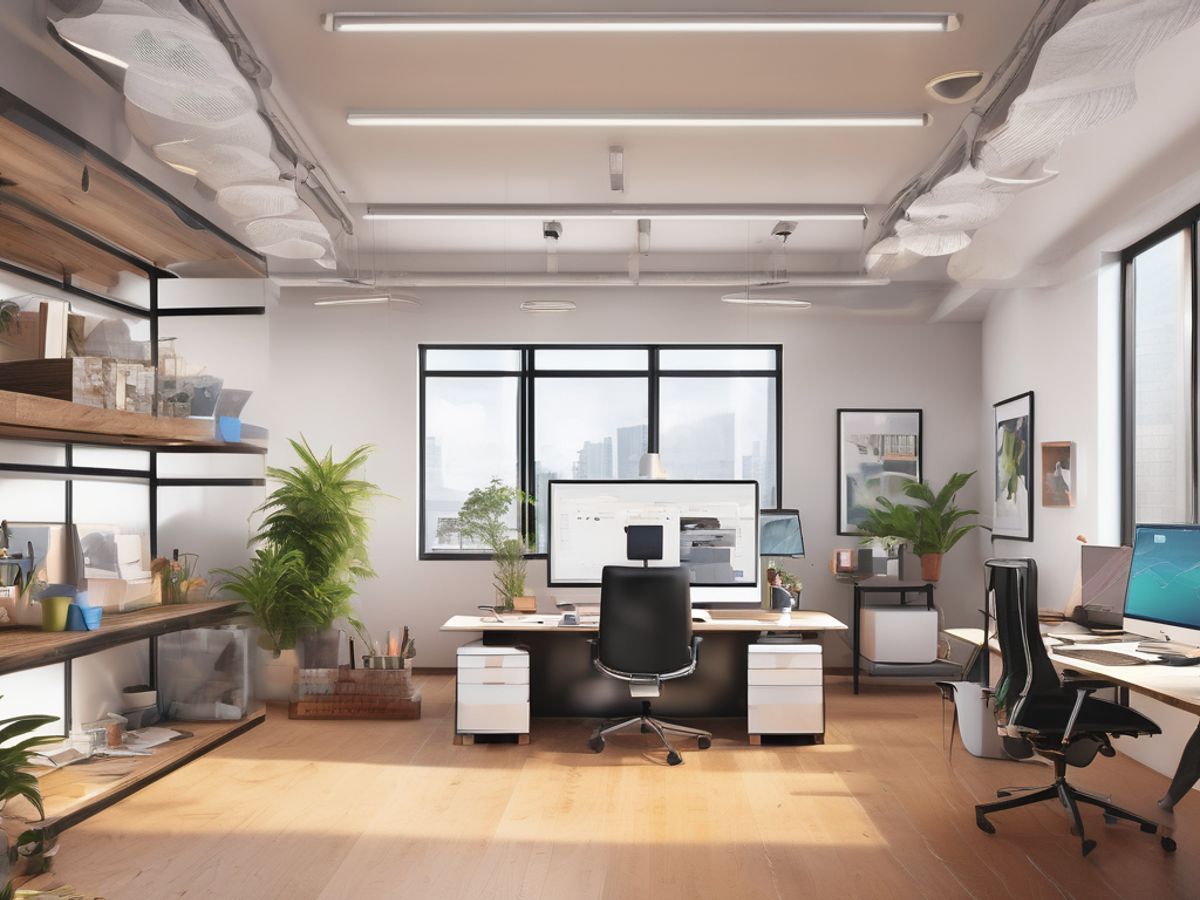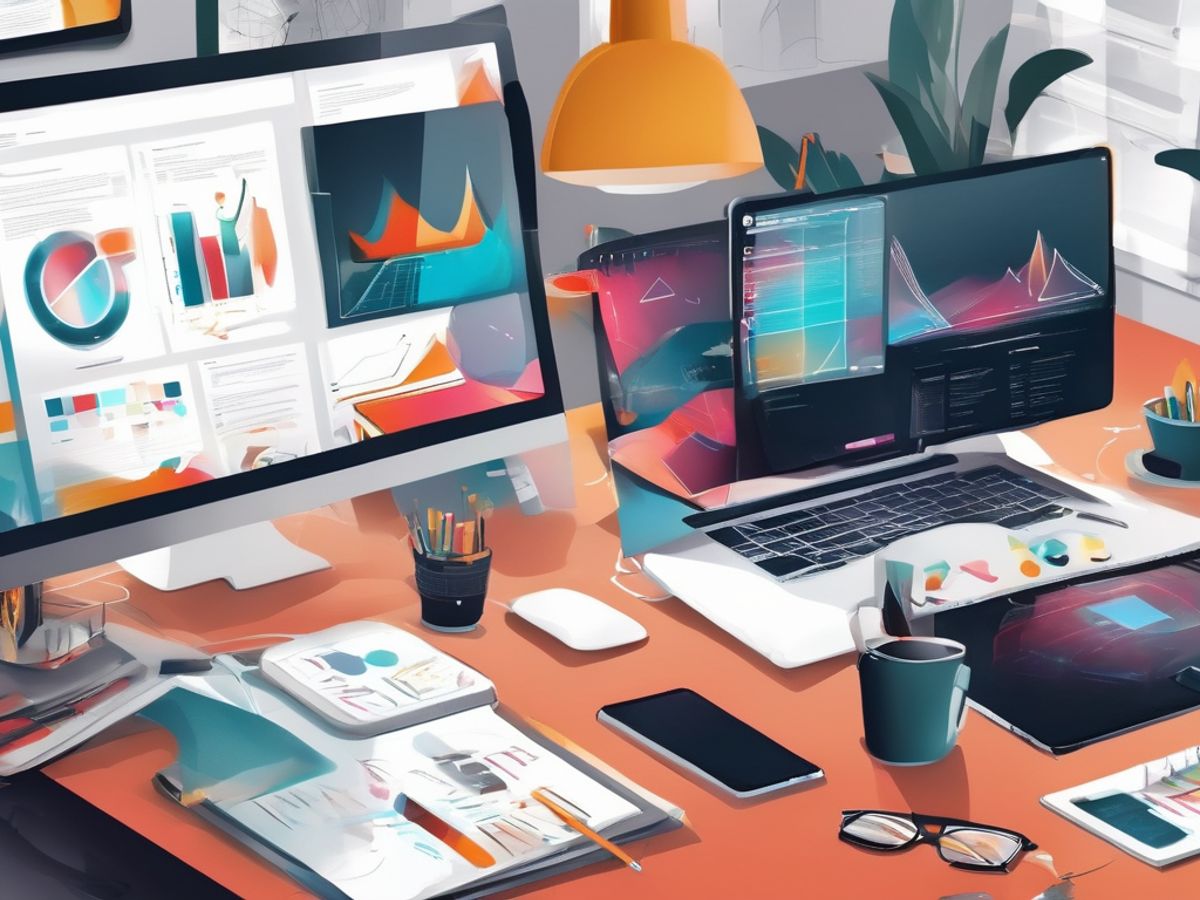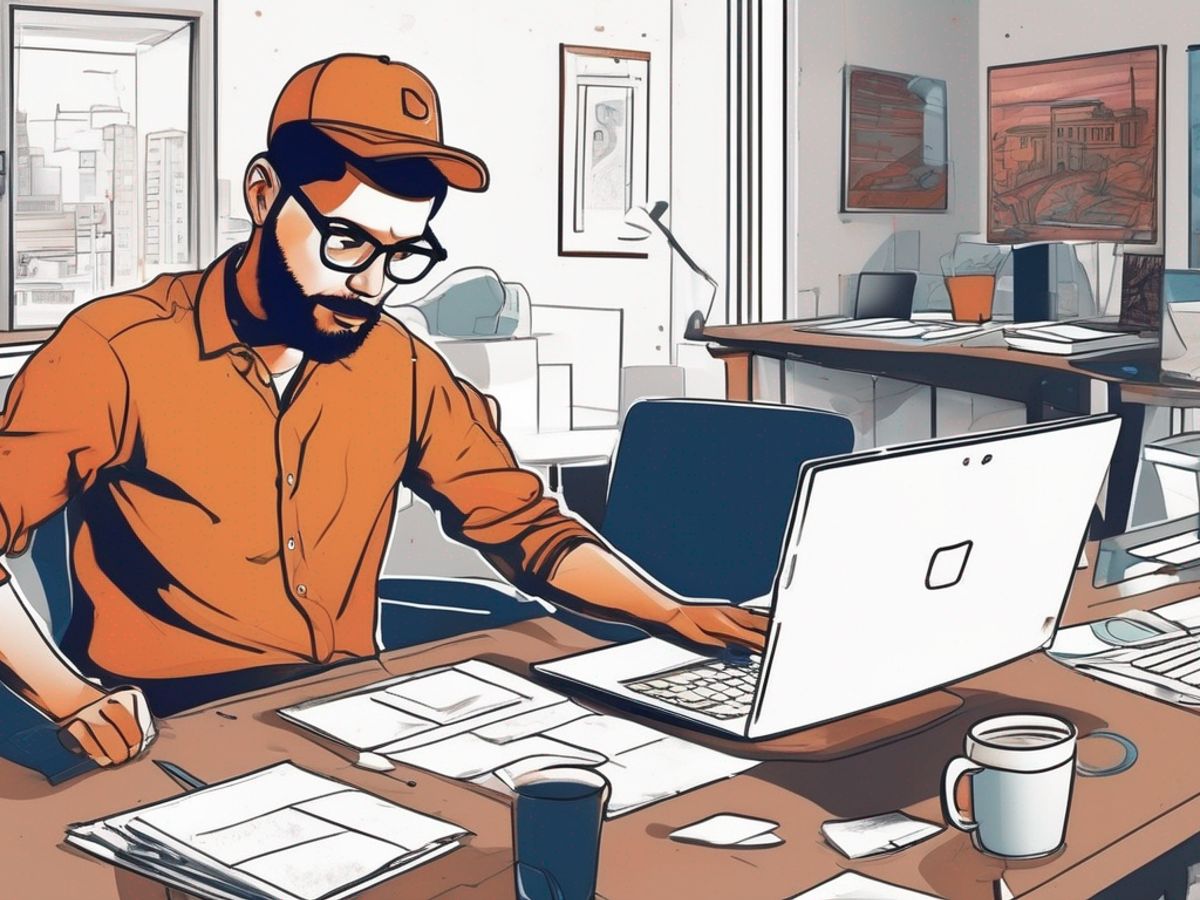Finding the right website designer is crucial for creating an effective online presence that reflects your brand and meets your goals. This comprehensive guide will help you identify and select a top-rated website designer in your area by understanding their role, evaluating their portfolio, and ensuring effective communication and budgeting.
Key Takeaways
- Understand the key responsibilities and skills of a website designer to ensure they match your project needs.
- Utilize online directories, ask for recommendations, and check reviews to find reliable designers near you.
- Evaluate the designer’s portfolio carefully, looking for versatility, creativity, and relevance to your needs.
- Establish clear communication and set expectations early to facilitate a smooth working relationship.
- Consider the cost versus the value provided by the designer to make an informed budgeting decision.
Understanding the Role of a Website Designer
Key Responsibilities
We recognize that a website designer’s role extends beyond mere aesthetics. They are pivotal in creating, developing, and testing websites to ensure they are functional and user-friendly. Their responsibilities include designing the layout, determining technical requirements, and sometimes managing content.
Skills and Expertise
The expertise of a website designer is grounded in a combination of programming languages and user experience knowledge. This skill set enables them to effectively translate client ideas into engaging digital experiences, making them indispensable in the digital landscape.
Importance in Business Growth
A proficient website designer can significantly influence business growth by enhancing the website’s user interface, which in turn improves customer satisfaction and retention. Their ability to tailor websites to the specific needs of a business is crucial for standing out in a competitive market.
How to Find a Reliable Website Designer Near Me
Finding a reliable website designer in your area can be a daunting task, but with the right approach, it can be simplified. Here are some effective strategies we’ve found useful:
Utilizing Online Directories
Start by exploring online directories and platforms where freelance designers and design agencies list their services. Websites like Upwork, Freelancer, and LinkedIn are great places to start. Look for designers with high ratings and positive reviews to ensure quality.
Asking for Recommendations
Tap into your network by asking friends, colleagues, or fellow business owners for recommendations. Personal referrals often lead to trustworthy and proven designers.
Checking Reviews and Testimonials
Always check the reviews and testimonials of potential designers. Websites like Google My Business and Trustpilot offer insights into a designer’s reliability and quality of work. Pay special attention to comments about their communication skills and timeliness, as these are crucial for a successful project.
Evaluating the Portfolio of a Website Designer
What to Look For
When we start evaluating a website designer’s portfolio, the first thing we look for is the quality of design and its relevance to our project’s needs. It’s crucial to assess whether the style and aesthetics align with our brand and the message we want to convey. We also consider the functionality of the showcased websites, ensuring they are user-friendly and responsive across different devices.
Analyzing Past Projects
In our analysis of past projects, we focus on the diversity and scope of the designer’s work. This helps us understand their experience across various industries and their ability to adapt to different client requirements. We look for evidence of a designer’s design process, such as wireframes, user research, and user testing, which are critical for a successful website.
Assessing Design Versatility
Assessing a designer’s versatility involves looking at how well they can shift between different design styles and requirements. A versatile designer can cater to various tastes and still maintain a high standard of design quality. This adaptability is especially important if we plan to expand or alter our business direction in the future.
The Importance of Effective Communication
Effective communication is crucial in every aspect of a website design project. We understand that clear and concise communication is key to ensuring that your vision is accurately shared and the project stays on track. By setting clear expectations from the start, maintaining ongoing collaboration, and handling feedback constructively, we ensure a smooth workflow and successful project outcome.
Setting Expectations
At the beginning of our collaboration, we establish clear guidelines and objectives. This includes discussing the scope of the project, timelines, and specific requirements. By aligning our expectations, we can avoid misunderstandings and ensure a seamless process.
Ongoing Collaboration
We believe in keeping you involved throughout the design process. Regular updates and check-ins via emails, phone calls, and video conferences keep the project transparent and allow for timely adjustments. Utilizing tools like Slack, Zoom, and Asana helps us maintain an open line of communication.
Handling Feedback
Feedback is a vital part of any design process. We encourage you to provide feedback at various stages of the project. This helps us refine and perfect the design according to your preferences and business needs. Constructive feedback is welcomed and seen as an opportunity for growth and improvement.
Considering the Cost: Budgeting for Website Design
When we consider hiring a website designer, understanding the pricing structures is crucial. Costs can vary widely based on the designer’s experience, the complexity of the project, and the specific services required. It’s important to have a clear budget in mind and to understand the typical costs associated with different types of websites.
Understanding Pricing Structures
Website design costs can range from a few hundred to several thousand dollars. Here are some typical pricing tiers:
- Basic design: $500 – $2,000
- Standard design: $2,100 – $5,000
- Premium design: $5,100 – $10,000
These ranges are indicative and can vary based on the designer’s pricing policy and the specific requirements of your project.
Negotiating Rates
Don’t hesitate to negotiate with potential designers. Many are willing to adjust their rates to fit within your budget, especially if you offer a clear outline of what you need and demonstrate flexibility on some aspects of the project.
Cost vs. Value Analysis
It’s essential to not only consider the upfront costs but also the long-term value a well-designed website can bring to your business. A higher initial investment might lead to better functionality, enhanced user experience, and ultimately, a stronger online presence which can translate into increased revenue.
Remember, the cheapest option isn’t always the best. Weigh the cost against the potential return on investment to make the most informed decision.
The Impact of a Well-Designed Website
Enhancing User Experience
A well-designed website significantly enhances user experience by making navigation intuitive and information easily accessible. This improvement in user experience is crucial as it directly influences user perception and engagement, making visitors more likely to stay on the site longer and interact more with the content.
Boosting Brand Identity
A well-designed website can instantly capture a visitor’s attention and make a positive first impression, leading to increased engagement and conversions. This is vital for establishing a strong brand identity, as the website often serves as the first point of contact between a business and potential customers.
Improving Search Engine Rankings
A well-designed website is typically SEO-friendly, which improves its search engine rankings. Higher rankings increase the visibility of the site, making it easier for potential customers to find the business online. This visibility is essential for driving more organic traffic to the site, which can lead to increased sales and business growth.
Finalizing Your Choice of Website Designer
Making the Decision
After thorough research and consultations, we’ve reached the point where we need to make a decision on which website designer to hire. It’s crucial to consider not only the portfolios and past work but also the designer’s communication style and responsiveness. Reflect on all interactions and ensure that the chosen designer aligns with our project’s vision and goals.
Preparing for the Project Kick-off
Once the decision is made, it’s time to prepare for the project kick-off. We should organize all the necessary documents and information that the designer will need. Setting a clear timeline and deliverables is essential for a smooth start. This preparation phase is critical to ensure that both parties are on the same page and ready to move forward effectively.
Establishing a Long-term Partnership
Choosing a website designer is not just about a single project; it’s about building a long-term partnership. We should look for someone who is not only skilled but also interested in growing with our business. Regular updates and meetings can help foster this relationship, ensuring that our website continues to evolve and improve over time.
Choosing the right website designer is crucial for the success of your online presence. At Marco Mundo, we understand the importance of a website that not only looks great but also performs well. Visit our website to explore our portfolio and learn more about how we can help elevate your business from ‘Meh’ to ‘Yeah!’ Don’t hesitate, contact us today to book a discovery call or send us a message directly through our website.
Conclusion
In conclusion, finding a top-rated website designer near you involves careful consideration of their portfolio, communication skills, and client reviews. By following the comprehensive guide outlined in this article, you can confidently navigate the process of selecting a web designer who not only meets your aesthetic and functional requirements but also enhances your online presence. Remember, the right web designer is a crucial partner in bringing your digital vision to life, so choose wisely and look forward to a successful collaboration.
Frequently Asked Questions
What should I look for when choosing a website designer near me?
Consider their portfolio, experience, communication skills, and pricing. Ensure they have a track record of high-quality work and are responsive throughout the design process.
How do I find a reliable web designer near me?
Start by asking for recommendations from your network, or use online platforms like Upwork or LinkedIn. Attend networking events to meet designers in person.
What are the key responsibilities of a website designer?
A website designer should handle site layout, visual design, and user interface, ensuring the site is aesthetically pleasing and functional.
How important is effective communication with a web designer?
Very important. Clear communication ensures your needs are met, feedback is incorporated, and the project stays on track.
What should I expect in terms of costs for web design?
Costs can vary based on the designer’s experience, the complexity of the project, and geographic location. Discuss pricing structures upfront and consider the value versus cost.
How can a well-designed website impact my business?
A well-designed website enhances user experience, boosts your brand identity, and can improve search engine rankings, attracting more visitors and potentially increasing business.



